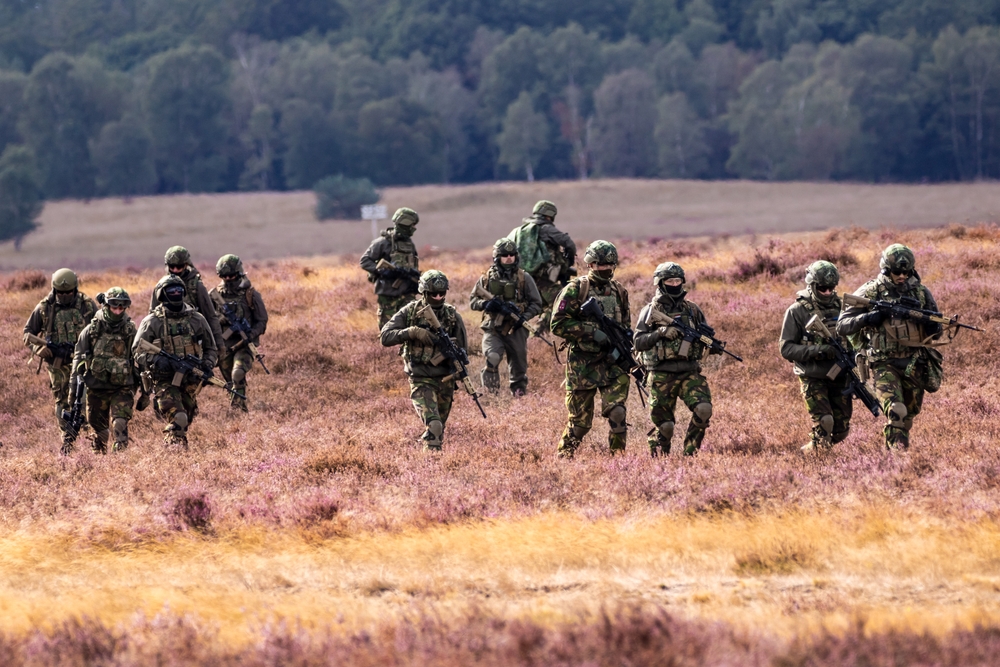European countries are seriously discussing the idea.
Others are reading now
European countries are seriously discussing sending a peacekeeping force to Ukraine.
This idea, first proposed by French President Emmanuel Macron less than a year ago, would involve 40,000 to 50,000 troops — far fewer than the “minimum 200,000” Ukrainian President Volodymyr Zelensky requested at the World Economic Forum in Davos.
The proposed force would not engage in active fighting but would act as a peacekeeping contingent after a possible agreement to end the war.
But not all European nations are willing to send soldiers, and discussions remain ongoing, according to The Financial Times and Politico.
Also read
Driving Factors Behind the Proposal
The victory of U.S. President Donald Trump in the recent election has added urgency to these talks. Trump has said he wants to end the war quickly but is reluctant to use American troops to secure Ukraine’s post-war stability.
European officials believe the mission would be impossible without U.S. support in logistics and intelligence, even if no American soldiers are deployed.
The peacekeeping force would likely operate outside of NATO to avoid escalating tensions with Russia.
Officials are considering models like the KFOR mission in Kosovo, where peacekeepers operated without direct combat, or South Korea, where local troops carry out military operations with support from a large American presence.
On January 18, at the Davos summit, Zelensky urged European nations to send at least 200,000 troops to ensure Ukraine’s security.
In a later interview with Bloomberg, he argued that European forces alone wouldn’t be enough, adding: “No one will take the risk without the United States.”
Ukrainian officials, however, recognize that a force of 40,000 to 50,000 troops is more realistic. The idea is to create a deterrent force from five or six European countries to guard a demarcation zone between Ukrainian and Russian forces if a ceasefire is reached.
Preliminary planning is already underway in Britain and France, with possible involvement from the Netherlands, Baltic states, and Nordic countries.
British Prime Minister Sir Keir Starmer and NATO Secretary General Mark Rutte are expected to discuss the plan at an informal EU meeting on February 3.
Challenges and Skepticism
Camille Grand, a former NATO official now with the European Council on Foreign Relations, explained that the force needs to be strong enough to deter Russia without being seen as a covert NATO operation. Grand estimated the force would include about 40,000 troops, led by a coalition of European nations.
While some French officials are optimistic about moving quickly, particularly with Trump aiming for diplomatic successes early in his term, others remain skeptical.
Francois Heisbourg, a senior adviser at the International Institute for Strategic Studies, commented: “This is purely a hypothetical option. It will be extremely difficult for Europeans to agree among themselves—almost as difficult as getting Ukraine and Russia to agree on a settlement.”


